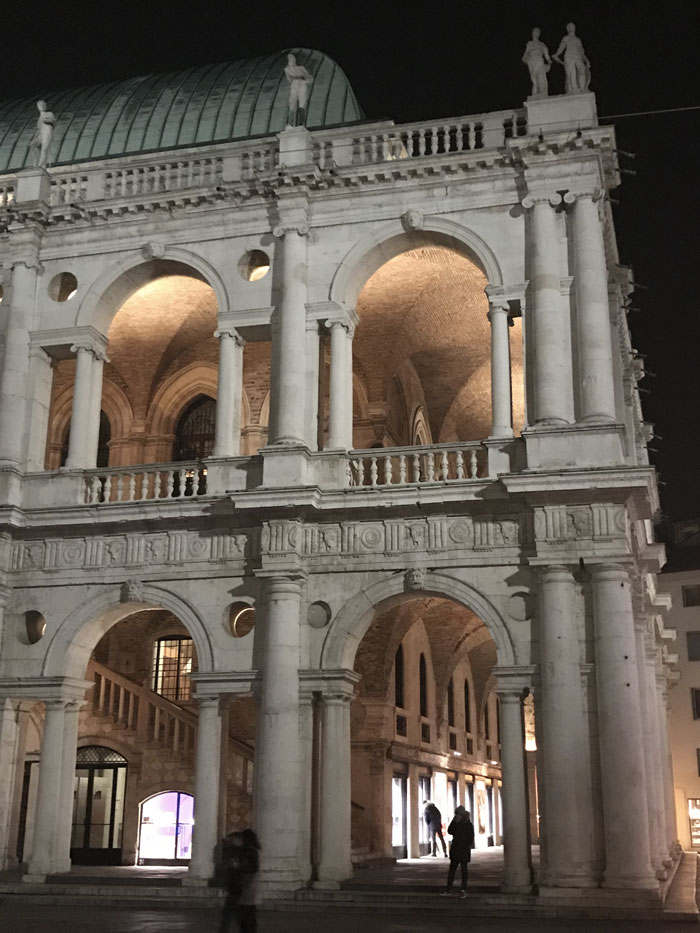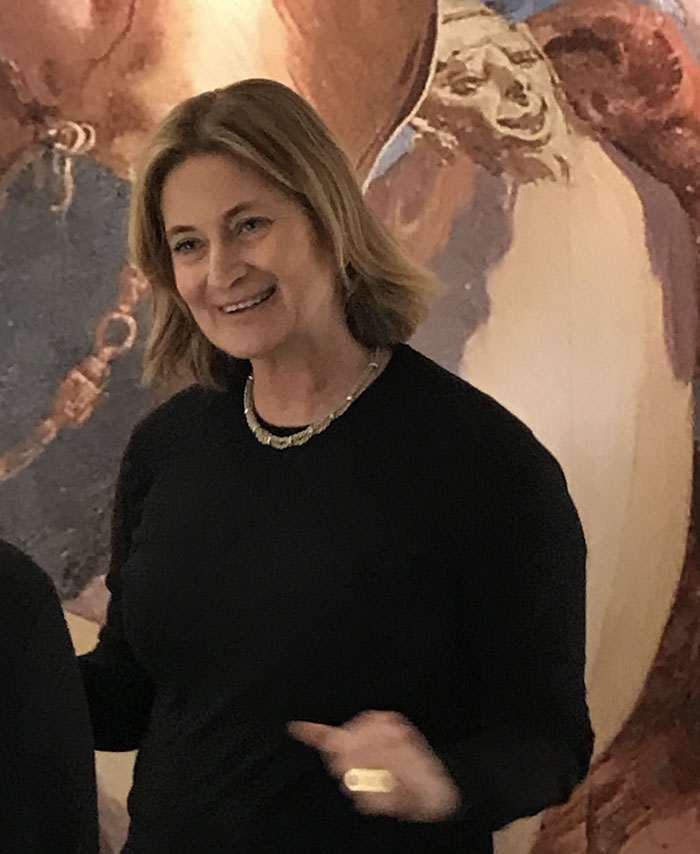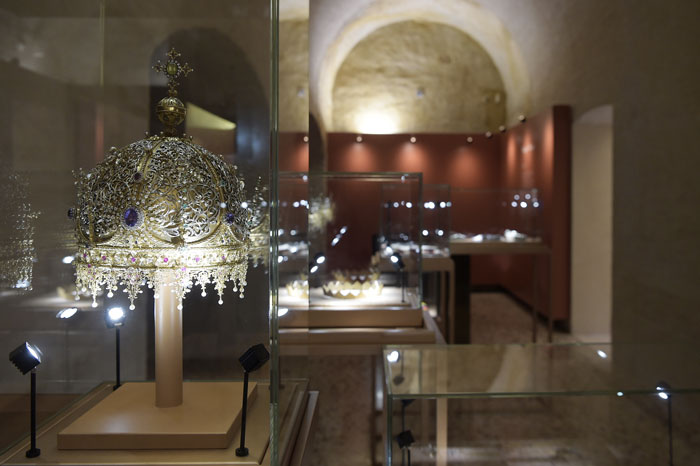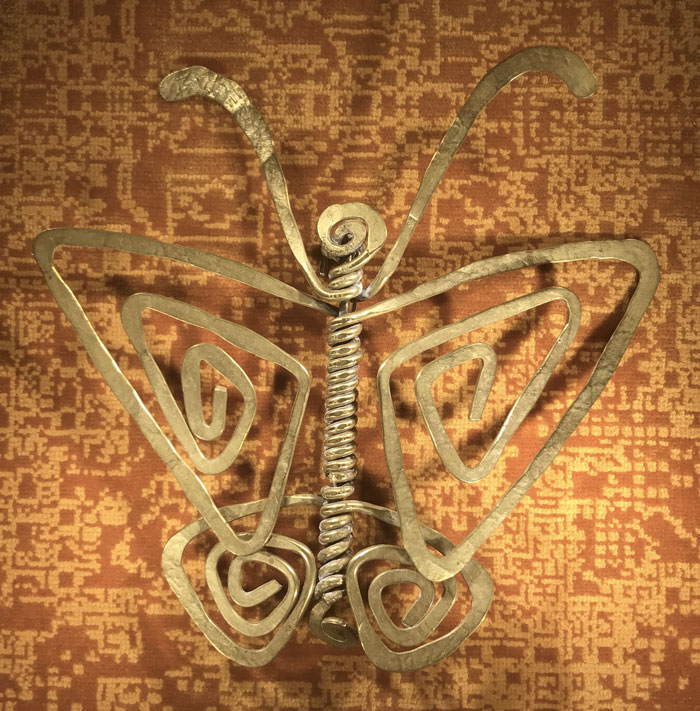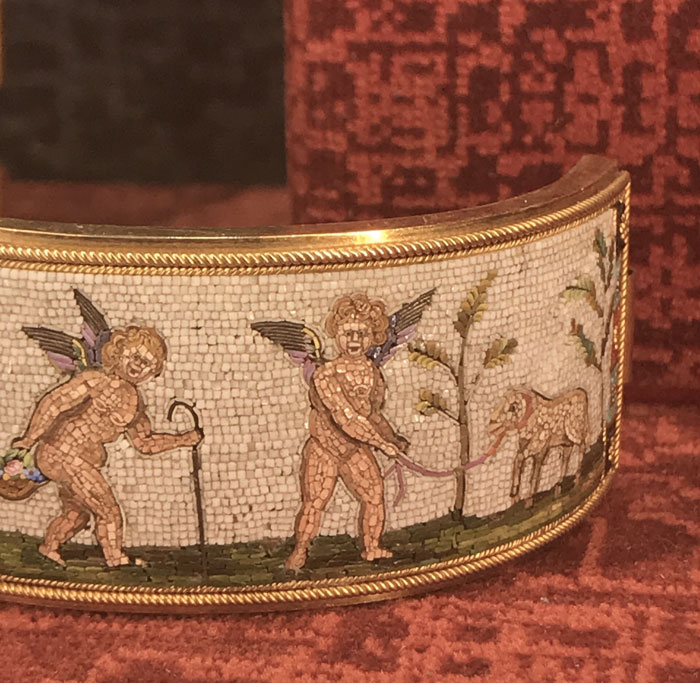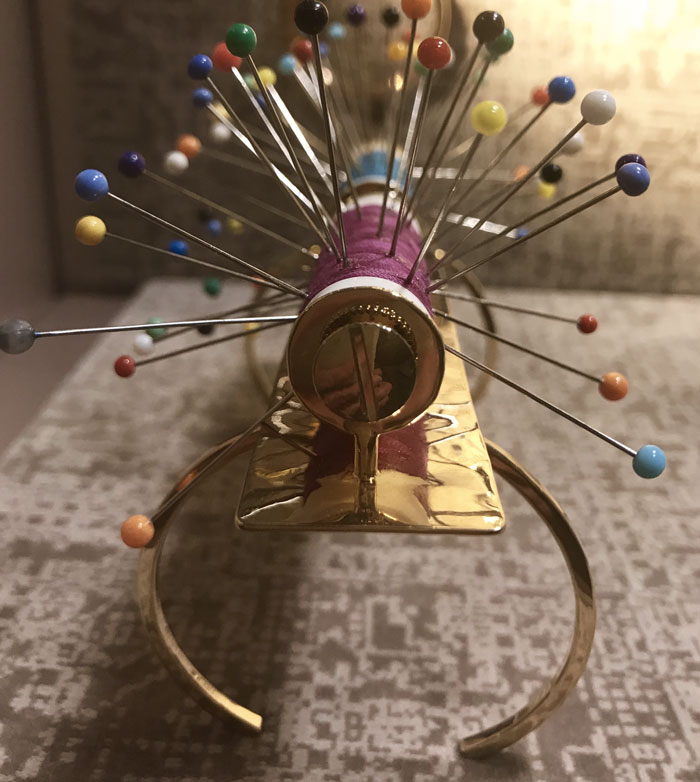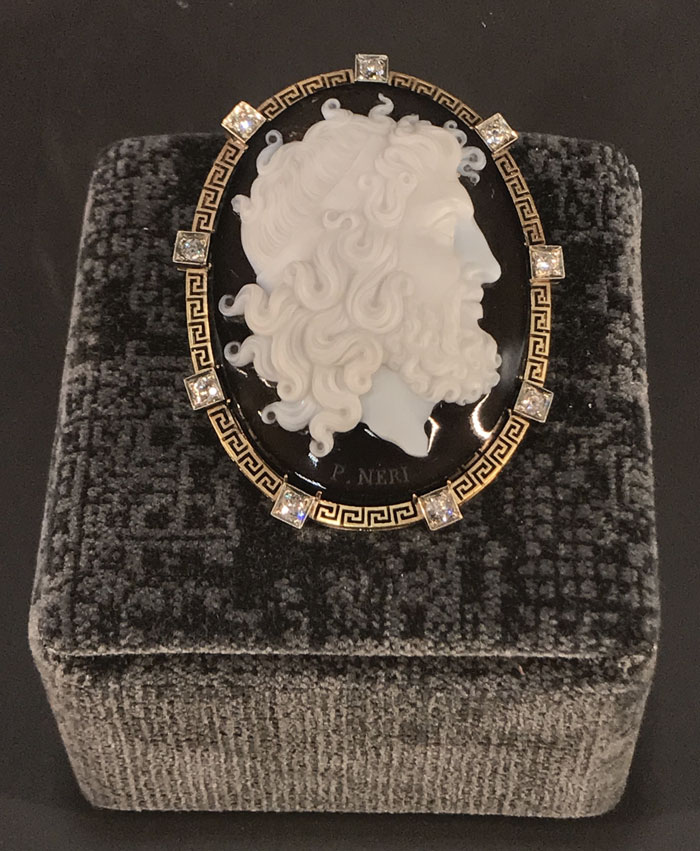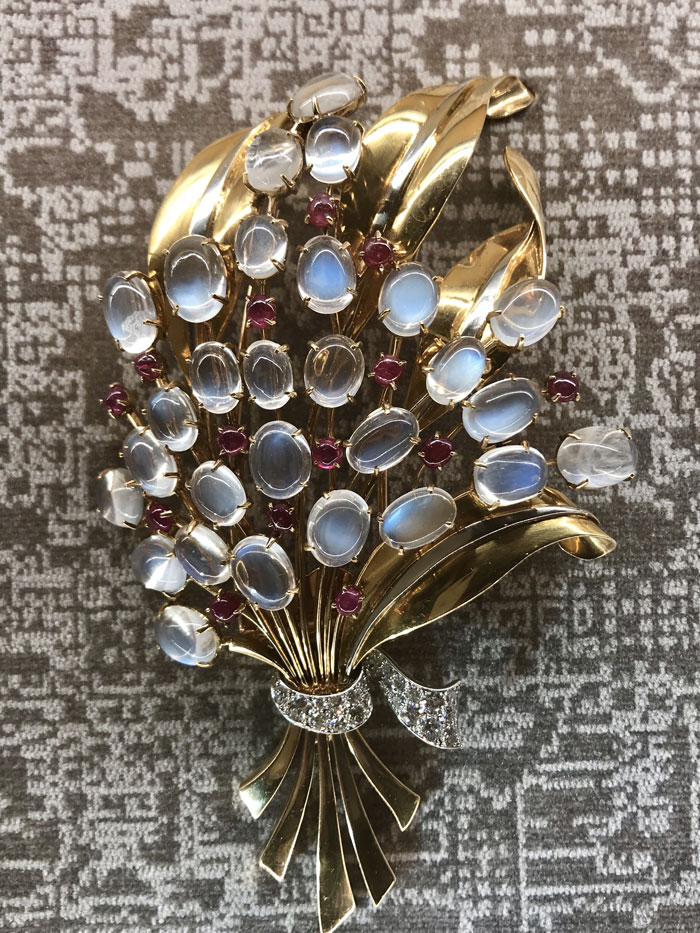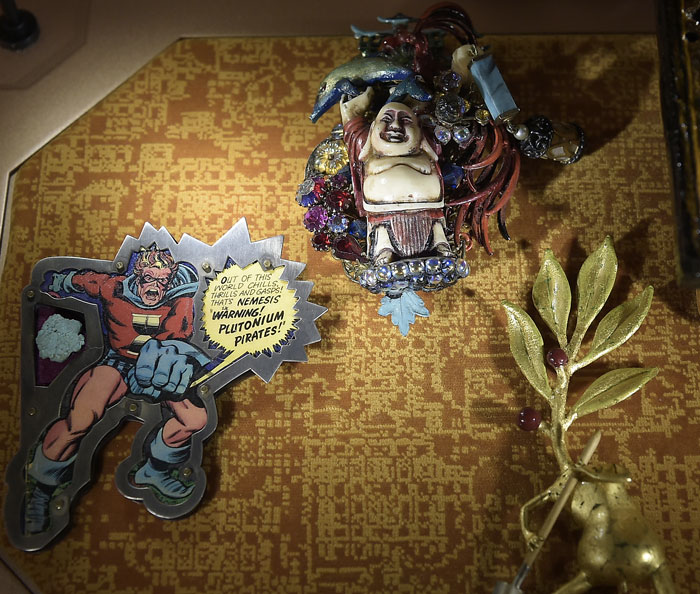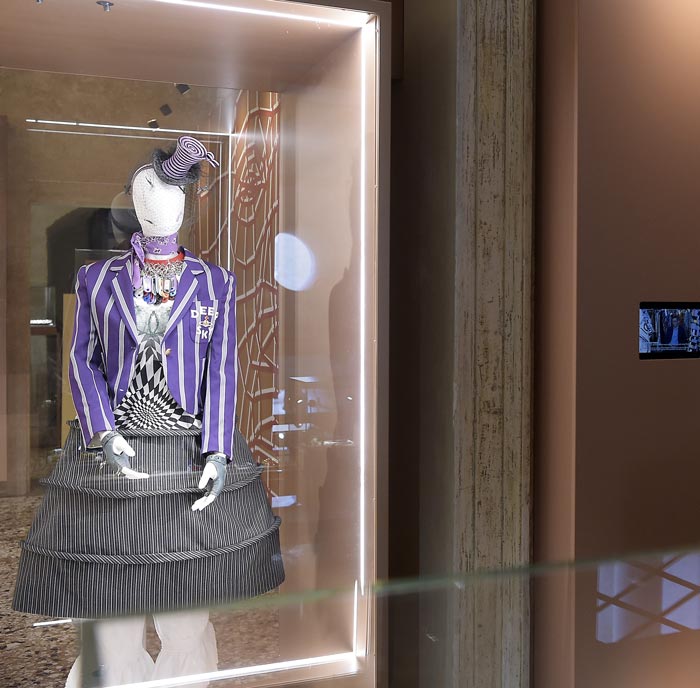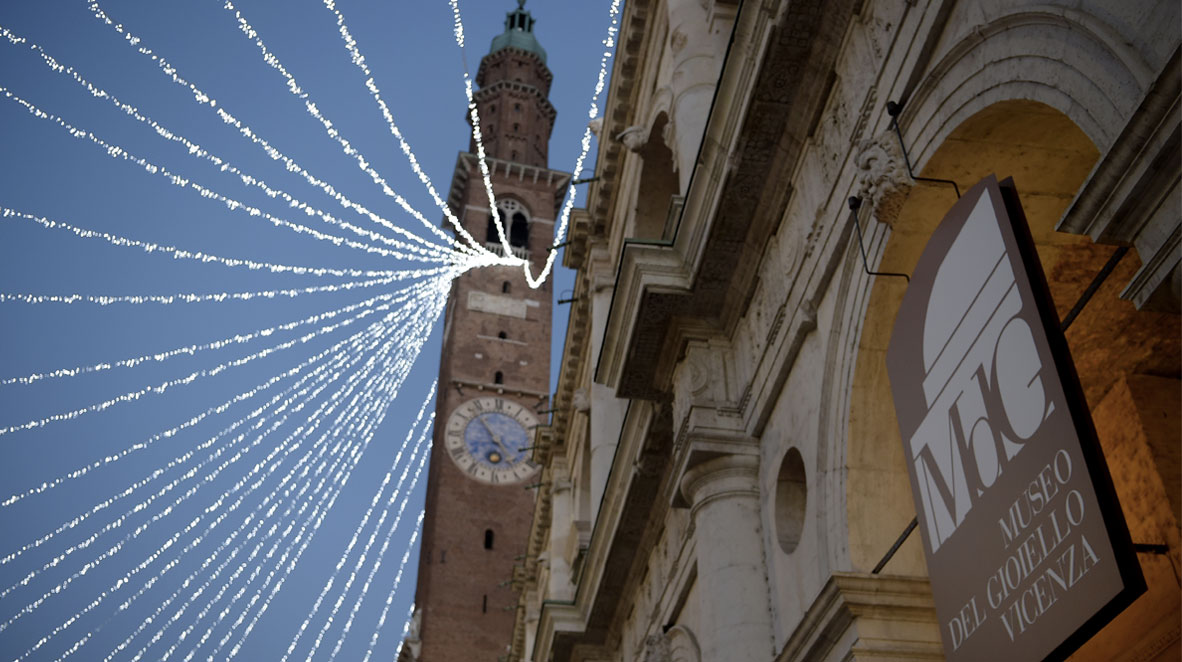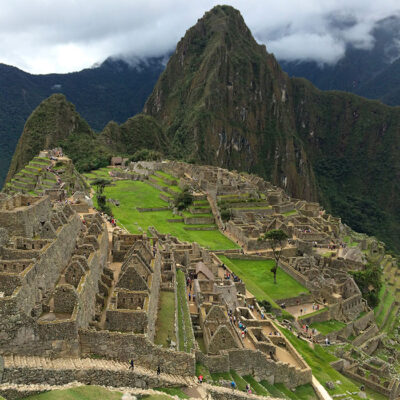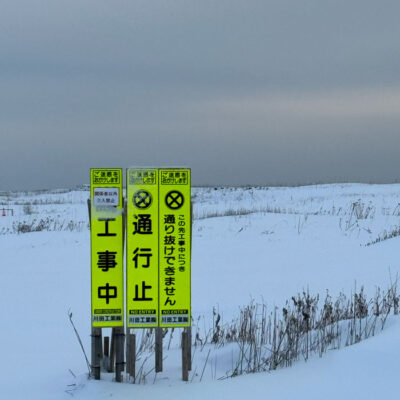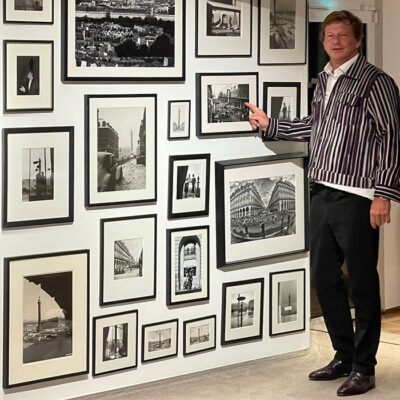Jewelers routes
07 March 2018
Share
Vicenza’s jewelry museum
You’d think there would be a plethora of museums like this one, entirely devoted to jewelry. But that’s not the case. We talk to its founder and director Alba Cappellieri.
The Vicenza’s jewelry museum, which opened in 2014, is one of the few in the world wholly made over to jewelry, like the ones in Seoul, Pforzheim and Munich. The others tend to be galleries housed within decorative arts museums. “Vicenza is the obvious place for it to be,” says Alba Cappellieri, a former architect who now teaches jewelry design at the Milan Politecnico Design faculty. “The city is Italy’s longstanding jewelry center, where most manufacturers are based – particularly chain specialists.”
No permanent collection
“I didn’t have the colossal means you need to build up a top-quality permanent collection,” says Alba Cappellieri. To get around the problem, she had the brilliant idea of staging two-yearly exhibitions based solely on loans. The pieces come from all over the world – from the Musée des Arts Décoratifs in Paris, the collections of dealers like the British jeweler Faerber, private collections, and so on. “This way of working means we take people by surprise: visitors come and go, but they never find the same selection. After all,” she smiles, “the Louvre Abu Dhabi works along the same lines, doesn’t it?”
Nine rooms; nine curators
Alba Cappellieri has adopted an unusual approach: the museum is divided into nine thematic rooms dedicated to Beauty, Design, Function, the Future, Fashion, Magic, Art, Design and Icons. Each one has a curator, who changes every two years. Until the end of 2018, you will meet Glenn Adamson, director of the New York MAD, anthropologist Cristina Del Mare, designer Odo Fioraventi and Van Cleef & Arpels CEO Nicolas Bos. Among others, the next event will feature Pascale Lepeu, curator of the Cartier collection, and the Marzee Gallery, a contemporary jewelry specialist.
An extraordinary visit
The result turns out to be arresting, alive, exciting and stunningly varied. The 400 pieces range from antique to contemporary; they might be set with diamonds or made of fabric. They could be anonymous; they could be by René Lalique, Gijs Bakker or Alexandre Calder. The Madonna’s pectoral jewelry from the Monteberico Sanctuary rubs shoulders with a contemporary crown by David Bielander in gold imitating cardboard. Shawl pins from the Auvergne meet a thirties brooch by Van Cleef & Arpels. In the Fashion room, the silhouette of the eccentric fashion designer Anna Piaggi keeps watch in a Dolce & Gabbana necklace sporting colorful plastic charms.
For Alba Cappellieri, “a museum’s role is not only to entertain and educate but also to stimulate curiosity and open out new perspectives.” A glittering achievement.


